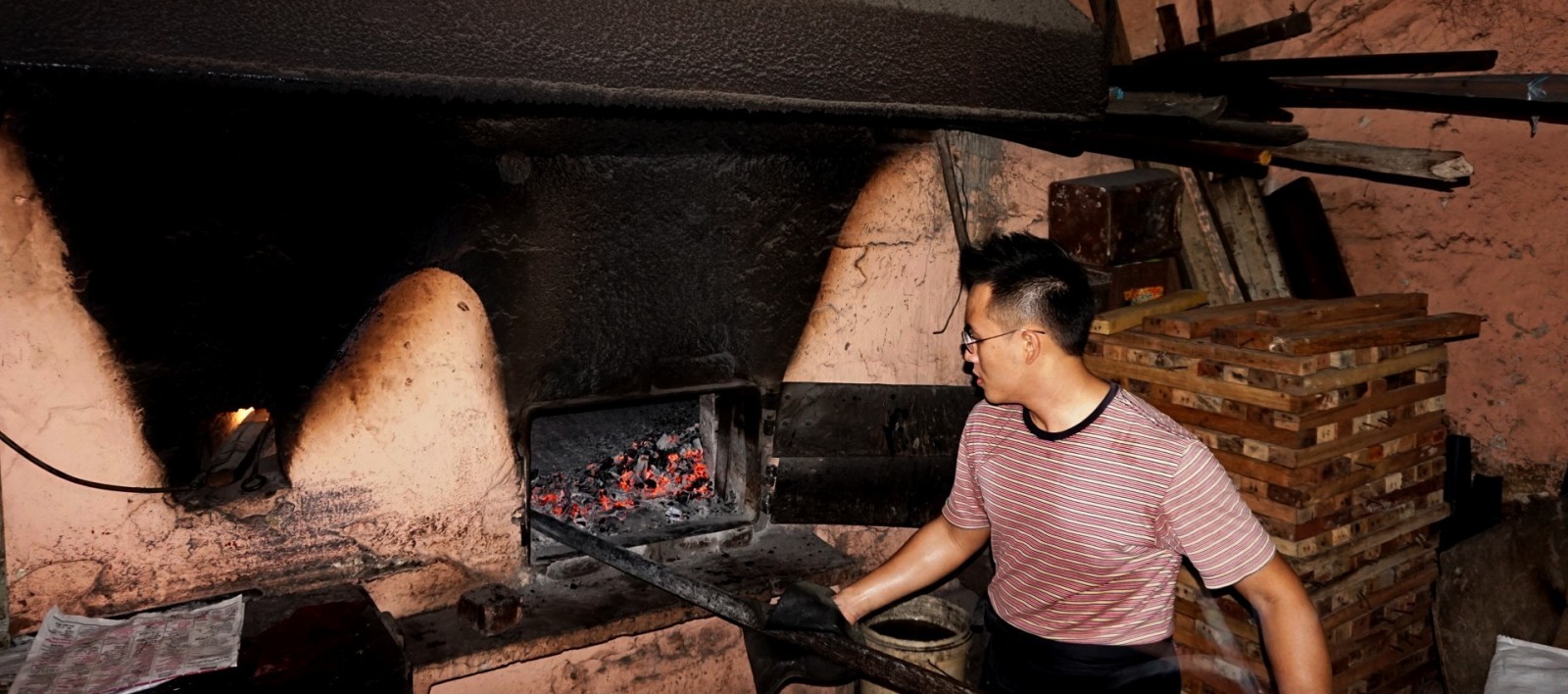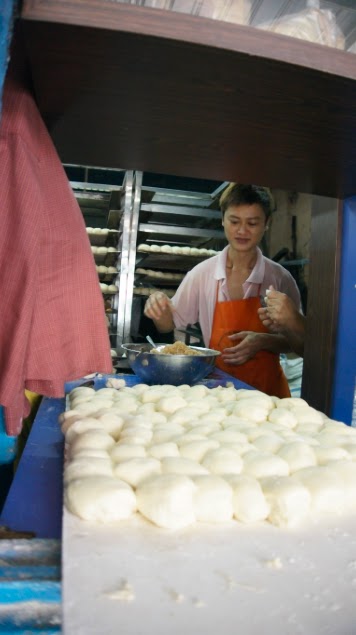By #TEAMMAYLEE
brats@thestar.com.my
BAKER James Lim, 35, is a young man in an old business. While many would rather climb corporate ladders, Lim rises in the wee hours of the morning and spends his days pushing heavy trays of buns and cakes into a roaring wood-fired oven.
His bakery, Hiap Joo Bakery and Biscuit Factory, was founded in 1919 by his grandfather and has been churning out baked goods from its spot on Jalan Tan Hiok Nee, Johor Baru, ever since.
The traditional wood oven, a Hiap Joo hallmark, has survived three generations but is still burning strong, producing an average of 2,000 to 3,000 of its famous buns a day.
With baking in his blood, it is unsurprising that Lim developed a passion for traditional baking.
Even in his younger years, he would help out around the bakery after school and during the holidays, which led to him eventually running the bakery.
“I have always dreamed of taking my place in the family business,” he said, perspiring heavily (that oven is really, really hot), when the BRATs managed to catch him during a rare free moment.
The young Lim even gave up his plans to learn pastry-making in Taiwan, staying home to lend a hand when his family needed him.
It took him three months to perfect the art of traditional baking, but it’s still not an easy life.
Lim’s 12-hour workday starts at 6.30am, when he has to be at the bakery to prepare the oven. While waiting for it to heat up, Lim and his team start making and filling bun dough with coconut, red bean, kaya and other fillings.
At 11am, when the oven’s temperature has cooled from 1280°C to 300°C, he pops the buns in, and 20 minutes later, voila: Perfect buns that would make even the most seasoned gourmand drool.
They’ve also gotten their production down to an efficient science – when the oven cools down even more to 180°C, they pop in batches of banana cakes (also a hot crowd favourite).
But why a wood oven? Surely a young man would prefer electric?
“The oven gives our products stronger flavour,” he explained. “It keeps customers coming back for more.”
And come back they do – in droves from across the country, and even Singapore. The queue for Hiap Joo’s famous biscuits, banana cake and buns – kaya, red bean and coconut, to name a few – stretches from its door to the sidewalk outside, and stocks run out by 2pm.
Such is their fame that they have been featured in travel guide Lonely Planet and on Singaporean TV shows.
Of course, while it’s admirable that Lim maintains his family traditions, when he took over the business, he initiated some changes to increase efficiency.
Their French loaves, for example, took three to four hours to bake, so he took it off the menu, making it possible to maximise their production of buns and cakes.
Lim also has plans to expand the family business within two to three years, despite his fear that one day, the shop’s owner will no longer rent to his family.
If that happens, Lim will be hard-pressed to find another location as wood-burning ovens have been outlawed since 1974 (thankfully, the ban doesn’t extend to heritage businesses like Hiap Joo).
“The road ahead is going to be rough,” he said of his aspirations for the bakery. “But I’m just going to keep trying, and not give up.
















Tell us what you think!